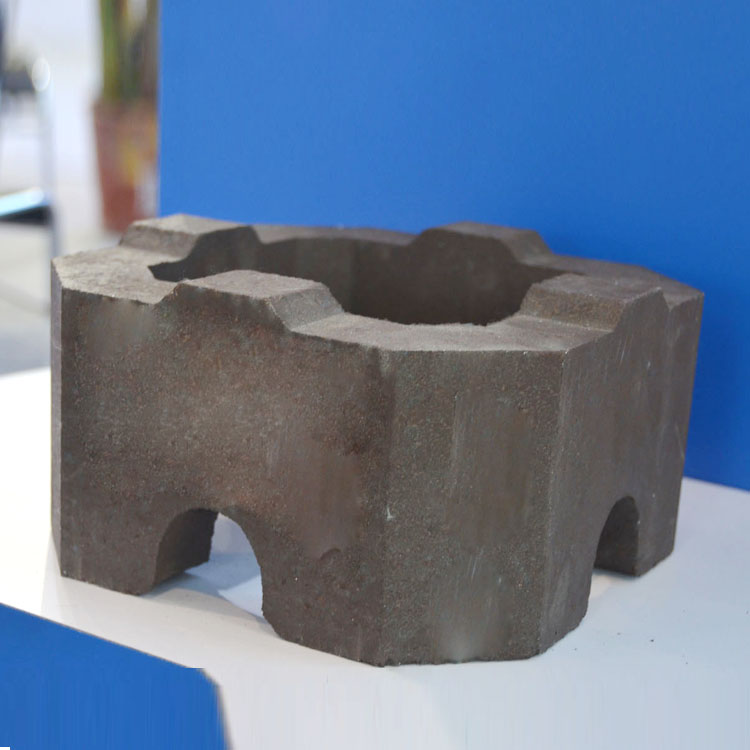
Fused magnesia bricks are a remarkable type of refractory material that has gained significant attention in high - temperature industries. These bricks are primarily made from fused magnesia, a high - purity material obtained through a unique melting process. The raw magnesia is heated to extremely high temperatures in an electric arc furnace, reaching up to 2800°C, which causes it to melt and recrystallize, forming large, dense crystals with excellent refractory properties.

One of the most significant advantages of fused magnesia bricks is their superior resistance to alkaline slag. In high - temperature industrial processes, alkaline slag can cause severe corrosion to refractory materials. Fused magnesia bricks, however, have a high content of magnesium oxide (MgO), typically above 95%. This high MgO content gives them excellent chemical stability and resistance to alkaline attack. In contrast, ordinary refractory bricks may have an MgO content of only 70 - 80%, and their resistance to alkaline slag is significantly lower. For example, in a cement kiln environment, fused magnesia bricks can last up to 2 - 3 times longer than other common refractory bricks due to their better resistance to alkaline slag.
Refractoriness is a crucial property for refractory materials. Fused magnesia bricks have a very high refractoriness, with a melting point of around 2800°C. This allows them to withstand extremely high temperatures without significant deformation or melting. Other refractory bricks may have a refractoriness in the range of 1600 - 2200°C, which means they are more likely to fail under high - temperature conditions. In steelmaking processes, where temperatures can exceed 1600°C, the high refractoriness of fused magnesia bricks ensures stable operation and reduces the frequency of brick replacement.
Thermal stability refers to the ability of a material to withstand rapid temperature changes without cracking or spalling. Fused magnesia bricks have excellent thermal stability due to their dense crystal structure. They can endure repeated heating and cooling cycles without significant damage. Studies have shown that fused magnesia bricks can withstand temperature changes of up to 1000°C within a short period without visible cracks, while other refractory bricks may start to crack after only a few cycles of 500 - 600°C temperature changes.
.jpg)
The unique properties of fused magnesia bricks make them highly valuable in various high - temperature industrial applications. In the steel industry, they are used in the lining of electric arc furnaces, converters, and ladles. Their high refractoriness and resistance to slag corrosion ensure the efficient operation of these furnaces and extend their service life. In the cement industry, fused magnesia bricks are used in the burning zone of cement kilns, where they can withstand the high - temperature and alkaline environment, reducing maintenance costs and improving production efficiency.
In summary, fused magnesia bricks offer significant advantages over other refractory bricks in terms of resistance to alkaline slag, high refractoriness, and thermal stability. For high - temperature industrial customers, choosing fused magnesia bricks can effectively safeguard production safety and enhance production efficiency. They are a high - quality choice for refractory materials.
If you are looking for a reliable refractory solution for your high - temperature industrial processes, don't hesitate to contact us. Our team of experts can provide you with detailed product information and customized solutions to meet your specific needs. Click the button below to get in touch with us now!
Contact Us
